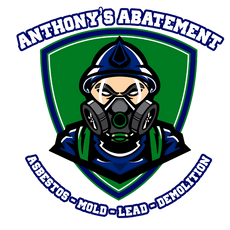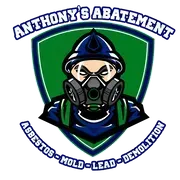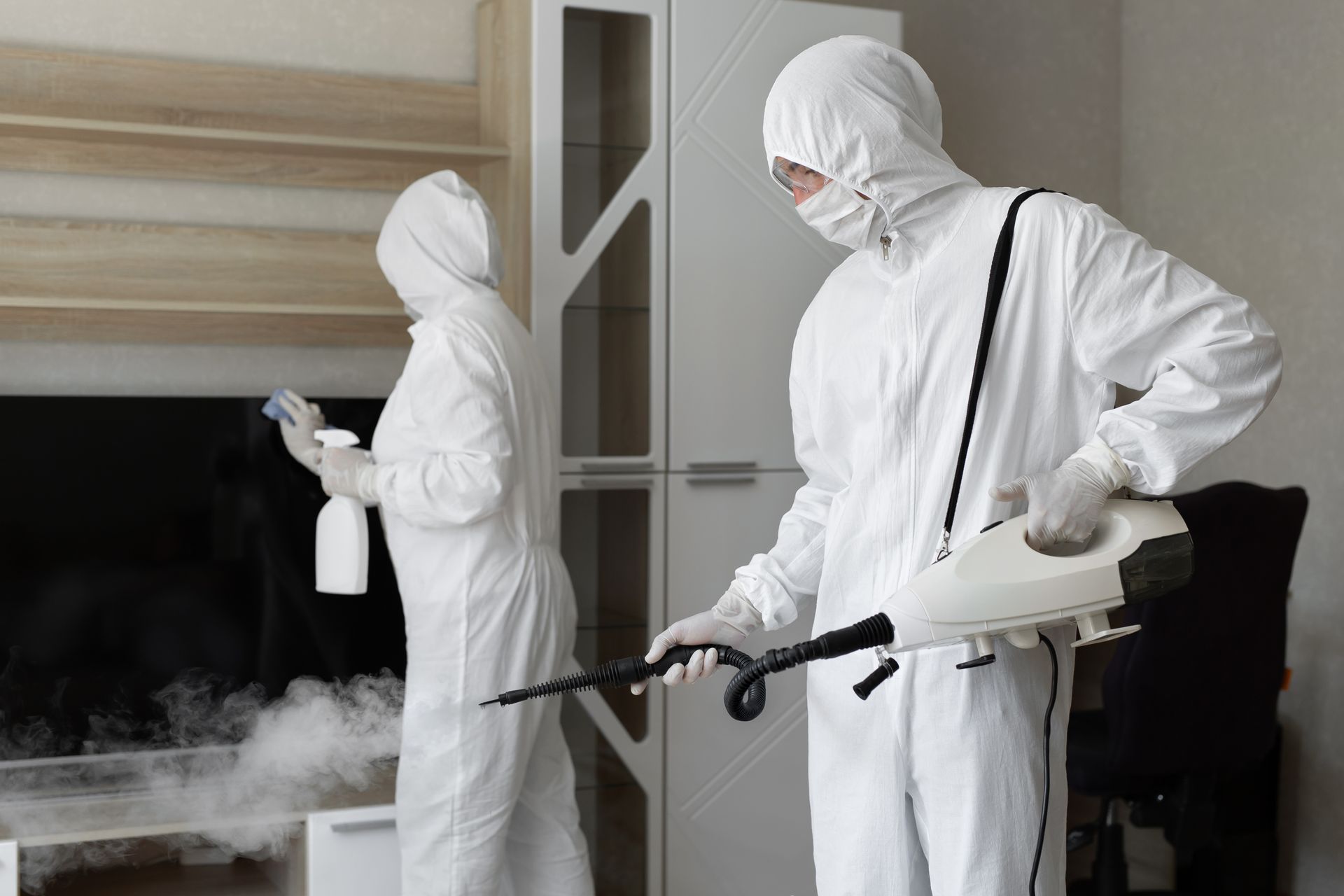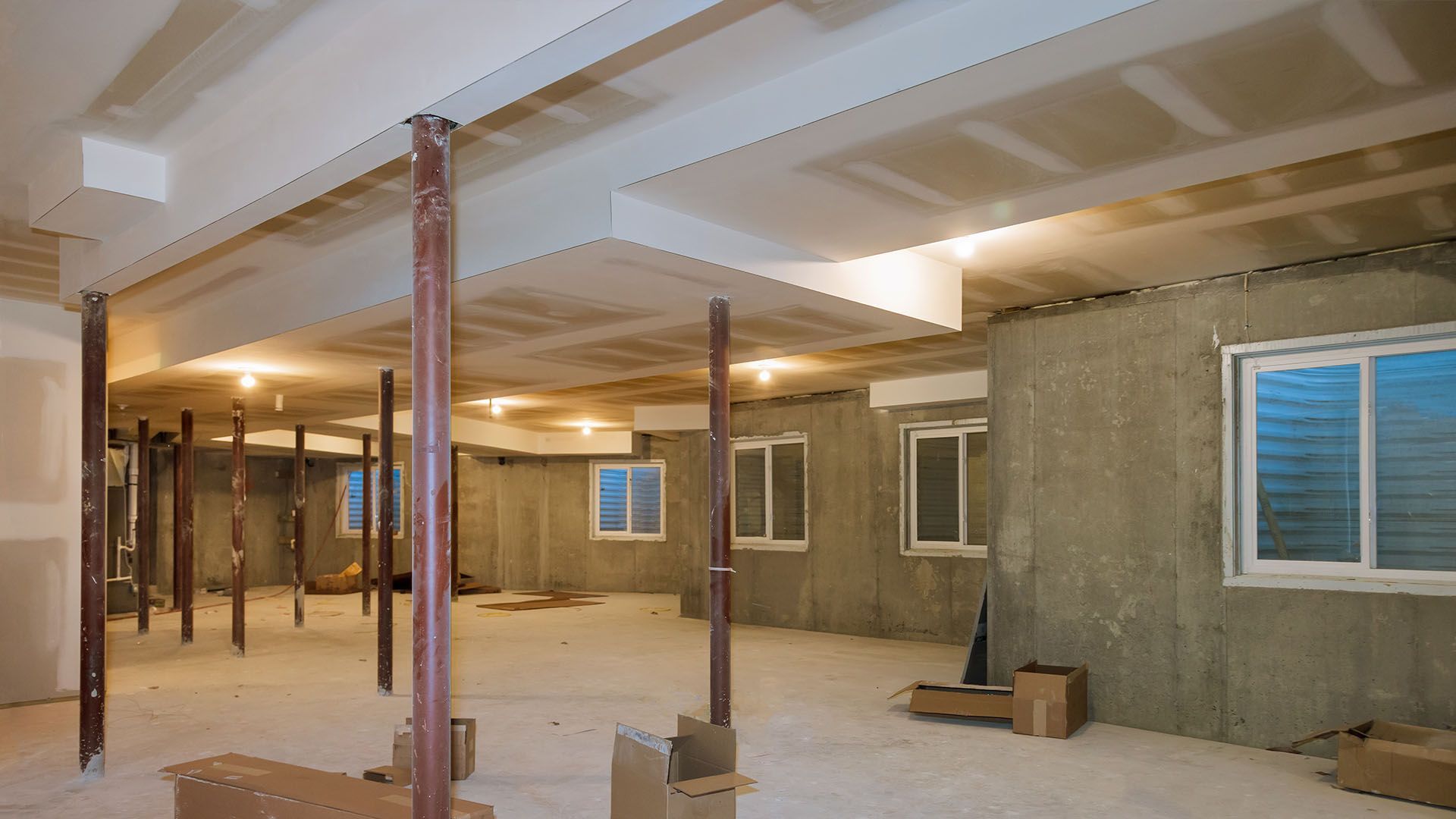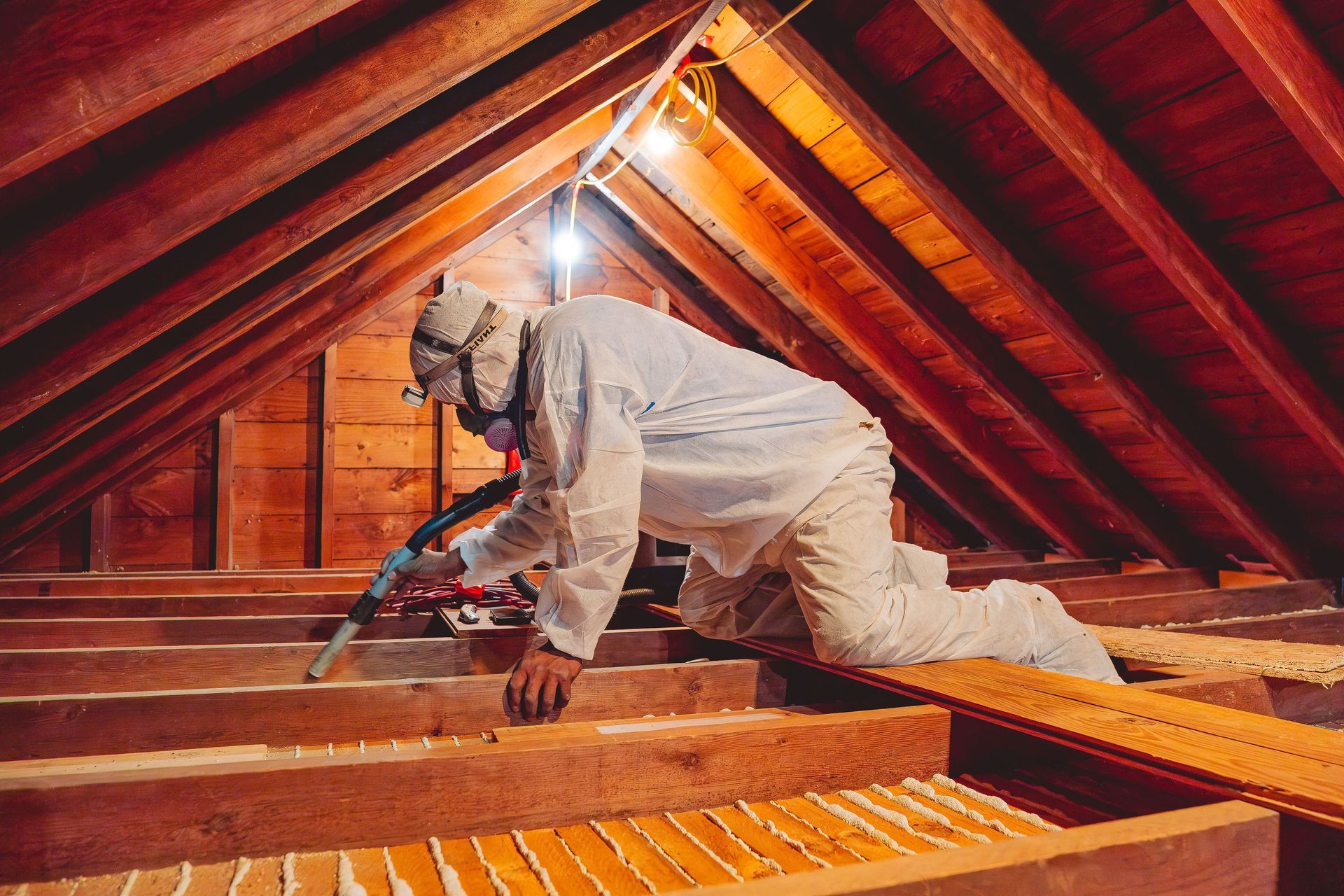The Asbestos Abatement Process: What to Expect
Asbestos abatement is a critical environmental safety process, especially pertinent in older structures where asbestos was commonly used. This article will guide you through the asbestos abatement process, highlighting its importance, steps, and regulations.
What is Asbestos Abatement?
Asbestos abatement involves procedures to manage and mitigate the risks posed by asbestos in buildings, particularly during renovations or demolitions. This process includes the safe removal or encapsulation of asbestos-containing materials (ACMs) to prevent the release of harmful asbestos fibers into the air. It's a specialized task, typically necessitated when asbestos materials are disturbed during building works.
Why Is It Important to Handle Asbestos Safely?
The safe handling of asbestos is critical due to its carcinogenic nature. When ACMs are disturbed, microscopic asbestos fibers can become airborne and, if inhaled, can lodge in the linings of the lungs, heart, or abdomen. This exposure can lead to severe diseases, including mesothelioma, asbestosis, and lung cancer. Hence, adhering to safety protocols during asbestos abatement is vital to protect the health of individuals in and around the affected area.
Can I Perform Asbestos Abatement Myself?
Why Homeowners Should Hire an Asbestos Abatement Company?
Asbestos abatement is not a DIY task due to the significant health risks involved. Professional asbestos abatement companies are equipped with the specialized knowledge, tools, and safety equipment necessary for safely handling and removing asbestos. They are also well-versed in complying with state and federal regulations, ensuring that the abatement process does not pose a health risk to workers or building occupants.
When Should You Perform Asbestos Abatement?
Asbestos abatement should be performed when there's a risk of asbestos fibers being released into the air, typically during renovations, repairs, or demolitions in older buildings. If ACMs are in good condition and intact, they may not require immediate removal, but should be regularly monitored for signs of deterioration or damage.
How to Identify Asbestos Materials That May Need Removal
Identifying asbestos in building materials can be challenging, as the fibers are microscopic and not visible to the naked eye. Common materials that may contain asbestos include ceiling tiles, vinyl floor tiles, insulation, roofing shingles, and siding. A professional asbestos inspector can conduct a thorough assessment, using techniques like sampling and testing, to identify ACMs that may require abatement.
The Asbestos Abatement Process - Step By Step
- Area Preparation: Sealing off and isolating the work area to prevent contamination of other areas.
- Safety Signage: Posting warning signs to inform of the dangers and restrict unauthorized access.
- Asbestos Removal: Professionals use specialized techniques and equipment to remove or encapsulate asbestos.
- Clean-Up and Disposal: Asbestos waste is carefully collected, sealed, and transported to approved disposal facilities.
How Long Does Asbestos Abatement Take?
The duration of asbestos abatement varies depending on the scope of the project. It can range from a single day to several days or more for larger or more complex projects, including preparation and post-abatement procedures.
How Asbestos is Properly Disposed of After Abatement
Proper disposal of asbestos is crucial. After removal, asbestos materials must be wetted, sealed in labeled, leak-proof containers, and transported by licensed hazardous waste carriers to approved landfills. These steps ensure safe disposal and prevent environmental contamination.
Tips for Finding a Reliable Asbestos Abatement Company
- Verify the company's licensure and certifications for asbestos abatement.
- Check their compliance record with environmental and workplace safety regulations.
- Ask for their procedures on asbestos removal, encapsulation, and disposal.
- Inquire about previous projects and request references.
Rules and Regulations for Handling Asbestos
Asbestos abatement is governed by a variety of regulations to protect public health and the environment. These include the Asbestos Hazard Emergency Response Act (AHERA), the National Emissions Standards for Hazardous Air Pollutants (NESHAP), and various Occupational Safety and Health Administration (OSHA) standards. These regulations mandate specific practices for asbestos handling, removal, and disposal, ensuring that abatement activities do not pose a risk to workers, the public, or the environment.
In conclusion, asbestos abatement is a complex and regulated process that is essential for maintaining safe environments in buildings with asbestos-containing materials. Due to the serious health risks associated with asbestos exposure, it's crucial to engage professional abatement services to handle any asbestos-related issues in your property.
